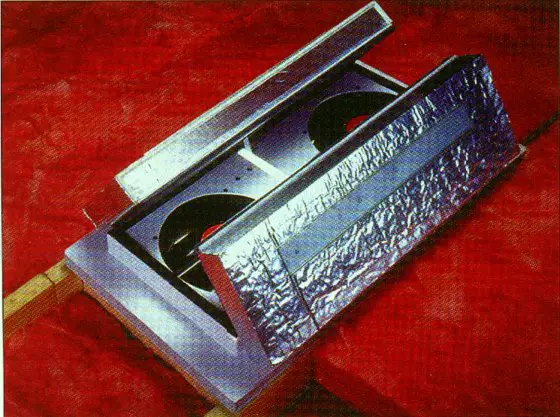Cooling With Mother Nature and Whole House Fans

The low-velocity attic fan has wonderful insulated hinged covers that help keep winter drafts from invading your home.
Whole House Fans
DEAR TIM: The house I am moving to does not have a whole house fan. I remember as a child that they provided lots of relief on many a summer's night. How do you make sure that the fan is sized correctly for the house? What do you need to do to maximize their ability to cool? Do you use them in conjunction with a central air conditioner? Is it tough to install a whole house fan? Sally M., Scotts Bluff, NE
DEAR SALLY: Whole house fans are really wonderful features if you want to take advantage of the air conditioning that Mother Nature provides for free. They cool your body just as a slight breeze does when you pop out of a swimming pool. The air moving across damp skin causes evaporation. As the water leaves the surface your skin it takes body heat with it and dumps it in the atmosphere. The net effect is that you feel cooler.
A whole house fan can create a breeze in just about every room of your house at the same time. After the sun goes down and the air temperature begins to drop, they can rapidly cool you and the objects inside your home by replacing hot, stale air with refreshing, cool air. A large sized whole house fan can replace all of the air in your house every two minutes. Smaller capacity fans will also deliver cool air into your home, but at a reduced rate.
Many of these fans move lots of air very quickly. The air movement is measured in cubic feet per minute (CFM). Whole house fans can be purchased that move anywhere from 1,000 to 8,500 CFM depending upon the fan type and the fan blade speed. Fans that move lots of air tend to use greater amounts of electricity and they make more noise.
There are two schools of thought when it comes to sizing these appliances. The high velocity method recommends that you attempt to achieve a total air exchange within the house every two minutes. That requires large fans sucking vast quantities of air through your windows and into and through your attic. The low velocity supporters feel that a lower CFM fan capacity will produce acceptable cooling. These low speed fans use less electricity than their big brothers and sisters. Some of them come with swell built in covers that save energy when not in use. They are also whisper quiet.
If you want a whole house fan to really cool you and your house, you need to control where the cool air enters your house. I suggest that you open windows in and around the rooms you are occupying at different times of the day and night. If you have windows open in only one room, the fan will create a virtual windstorm as air travels through the room and towards the fan. The trick is to open just enough windows so you get a breeze that comforts you.
It is mandatory that you install a timer switch with these fans. If you let the fan run through the night they can actually make you cold as they deliver very cool night air as you sleep. All manufacturers offer timers as standard features or as handy options.
Whole house fans and air conditioners should never be used at the same time. Air conditioning is usually turned on when heat and humidity become unbearable. Air conditioners are designed to lower the humidity in household air. This less humid air allows air to evaporate from your skin at a faster rate. If you air condition your house during the day and then turn on the whole house fan at night, you remove this dry air from your house. Use your air conditioner only when the whole house fan can't provide you with comfort.
Installing a whole house fan can be challenging. New installations require a separate electrical circuit and the possible installation of multiple roof vents to exhaust the vast amount of air that is being pumped into your attic. The instructions that come with whole house fans are very specific about the amount of attic ventilation space that is required in order to allow the fans to operate at peak efficiency. If you don't feel comfortable installing electrical lines, roof vents, and cutting holes into your ceilings, I suggest you hire a professional. If your house is constructed with prefabricated roof trusses be sure that no one cuts into a truss. Purchase whole house fans that are meant to be used with trusses.
Companion Articles: Whole House Fan Installation Tips, Whole House Fan Sizes and Manufacturers, Cooling Comfort With Whole House Fans
Column 276